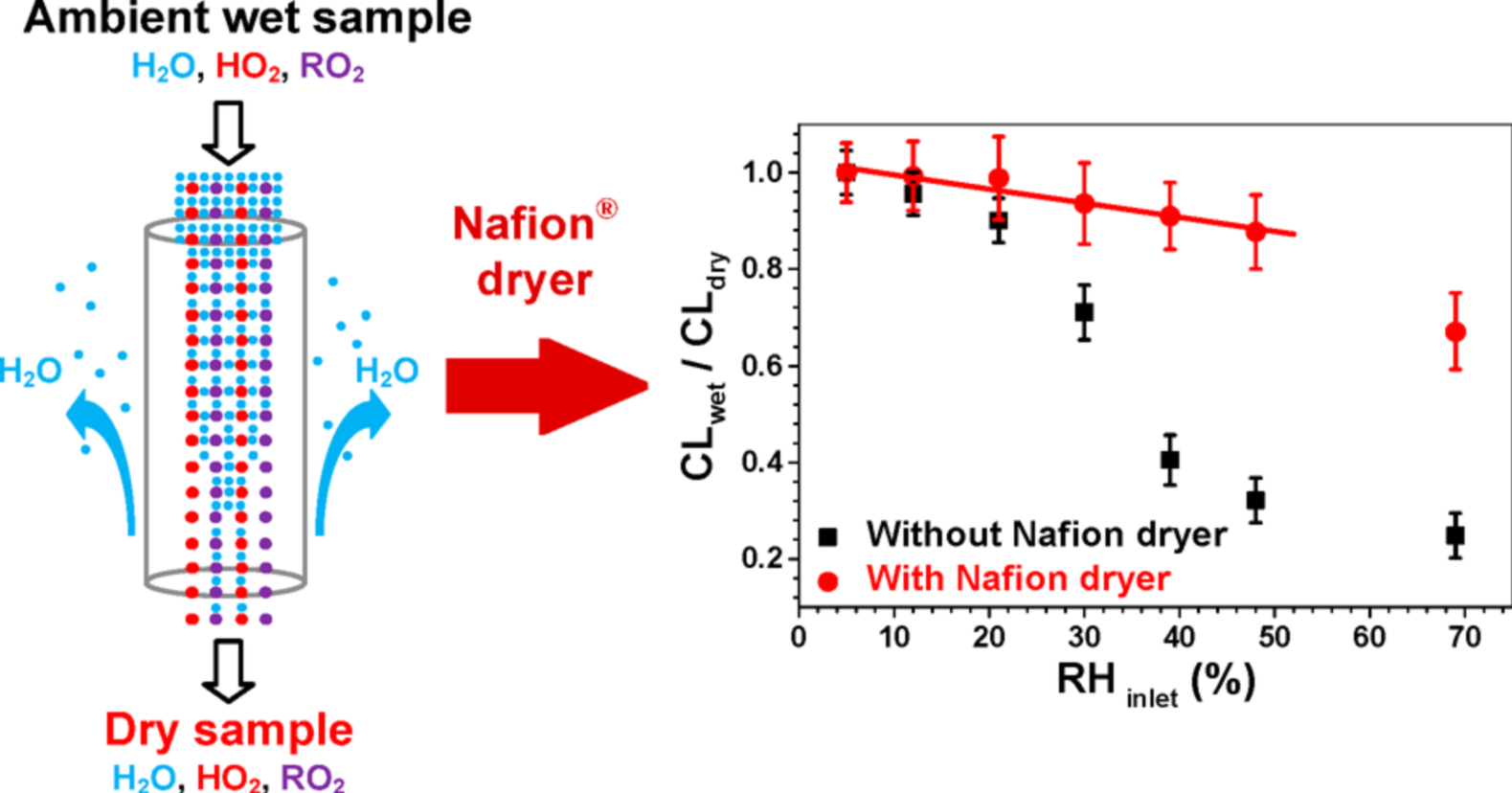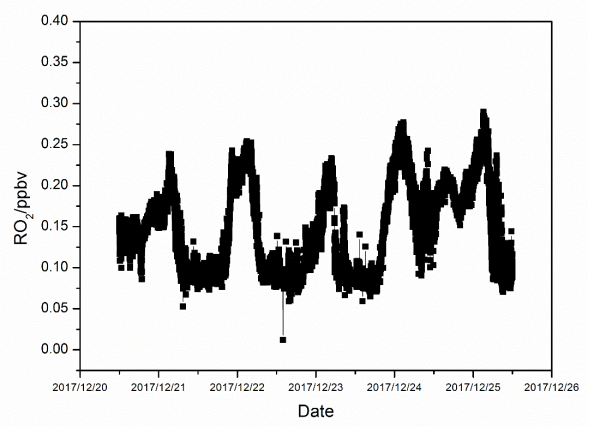
Chinese researchers in Hefei now managed to realize accurate measurement of peroxy radicals, which will contribute to the study of the mechanism of air pollution, according to their paper published in Analytical Chemistry.
Peroxy radicals (RO2) are important intermediates in the atmosphere. Their reactions lead to the formation of ozone and some fine particles, which have important effects on the atmospheric environment and human health.
Accurate measurement and source and sink analysis of peroxy radicals will help to study the formation mechanism of air pollution and provide guidance for pollution control decisions.
The chemical amplification (PERCA) method has been widely used for measuring peroxy radical concentrations in the laboratory. Its accuracy and sensitivity depend critically on the chain length (CL)—that is, the number of radical amplification cycles.
However, CL is seriously affected by the water vapor in the actual atmosphere. So far, there is no method that seems to eliminate interference by the water vapor, which makes its application greatly limiled in field observation.
In this study, a research group led by Prof. ZHANG Weijun from Anhui Institute of Optics and Fine Mechanics (AIOFM), Hefei Institutes of Physical Science added a Nafion dryer design to the chemical amplification component, thus developed a Nafion dryer based dual-channel PERCA instrument for the measurement of peroxy radicals.
The large diameter Nafion dryer efficiently removes water vapor in milliseconds and minimally affects the sample.
The low losses of peroxy radicals on the Nafion membrane make it an attractive tool to raise the CL, and thereby ensure the measurement accuracy and sensitivity of PERCA systems. Now, this newly developed instrument has taken its place in field observation in the Pearl River Delta.
"The data obtained will be used to analyze the formation mechanism of pollution in this area", said Prof. ZHAO Weixiong, a fellow of the group and also the lead author of this research.
This research is supported by the National Natural Science Foundation of China, the National Key Research and Development Program of China, the Natural Science Foundation of Anhui Province, and the Youth Innovation Promotion Association of the Chinese Academy of Sciences.

Figure 1. Effect of relative humidity on the chemical amplification chain length. (Image by ZHAO Weixiong)

Figure 2. Variation of peroxy radical concentration during a pollution event. (Image by ZHAO Weixiong)

86-10-68597521 (day)
86-10-68597289 (night)

52 Sanlihe Rd., Xicheng District,
Beijing, China (100864)

